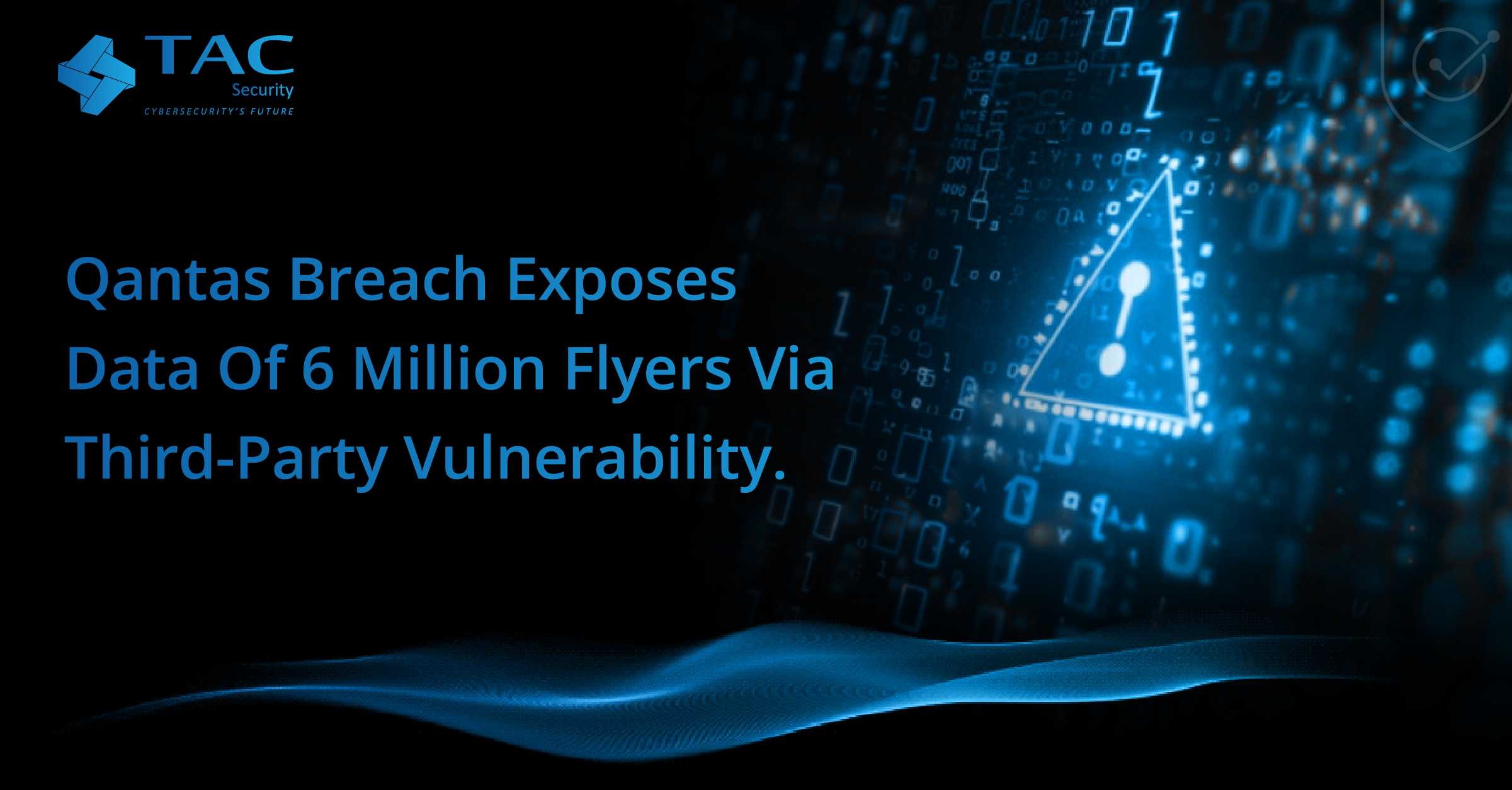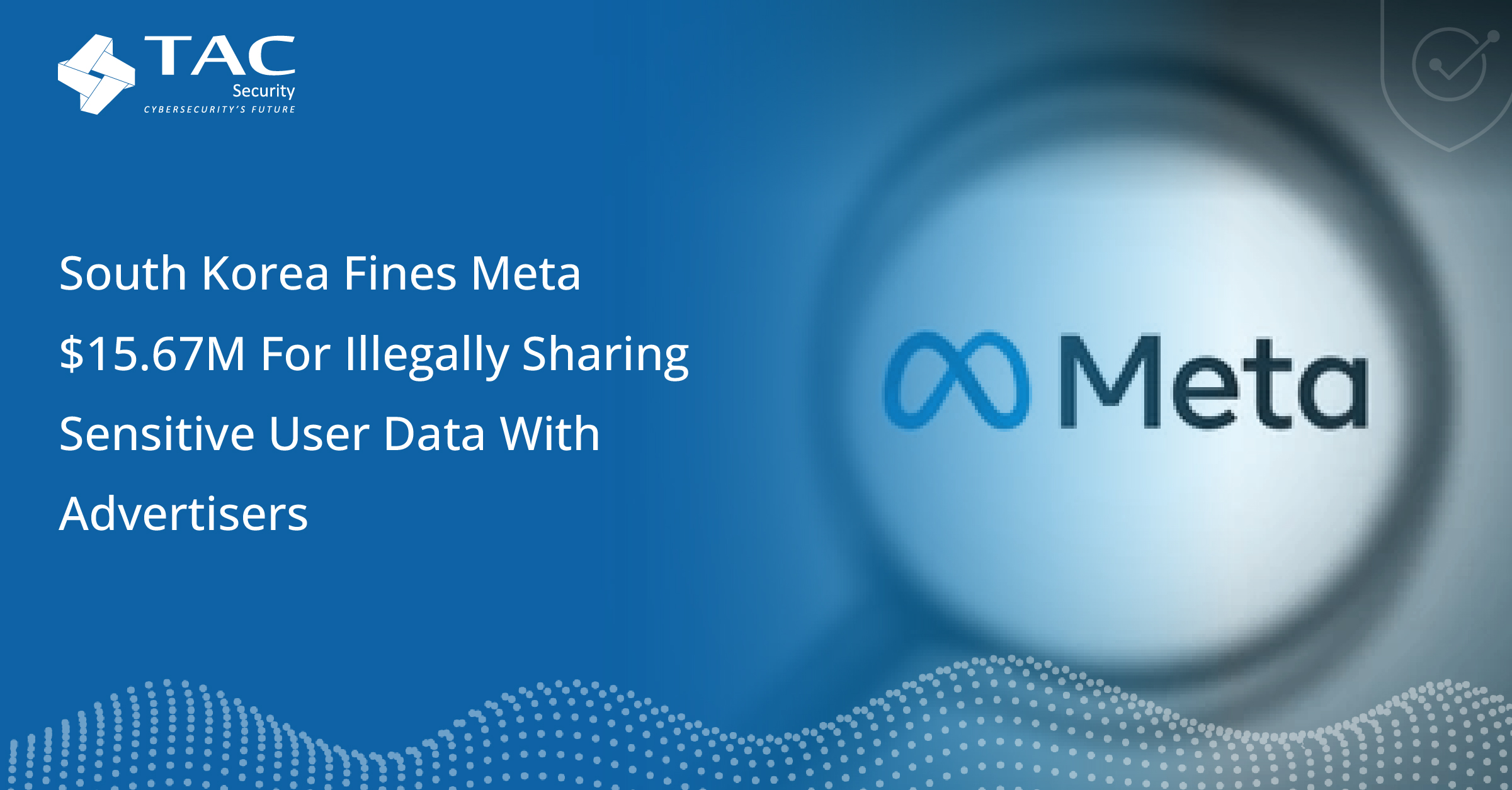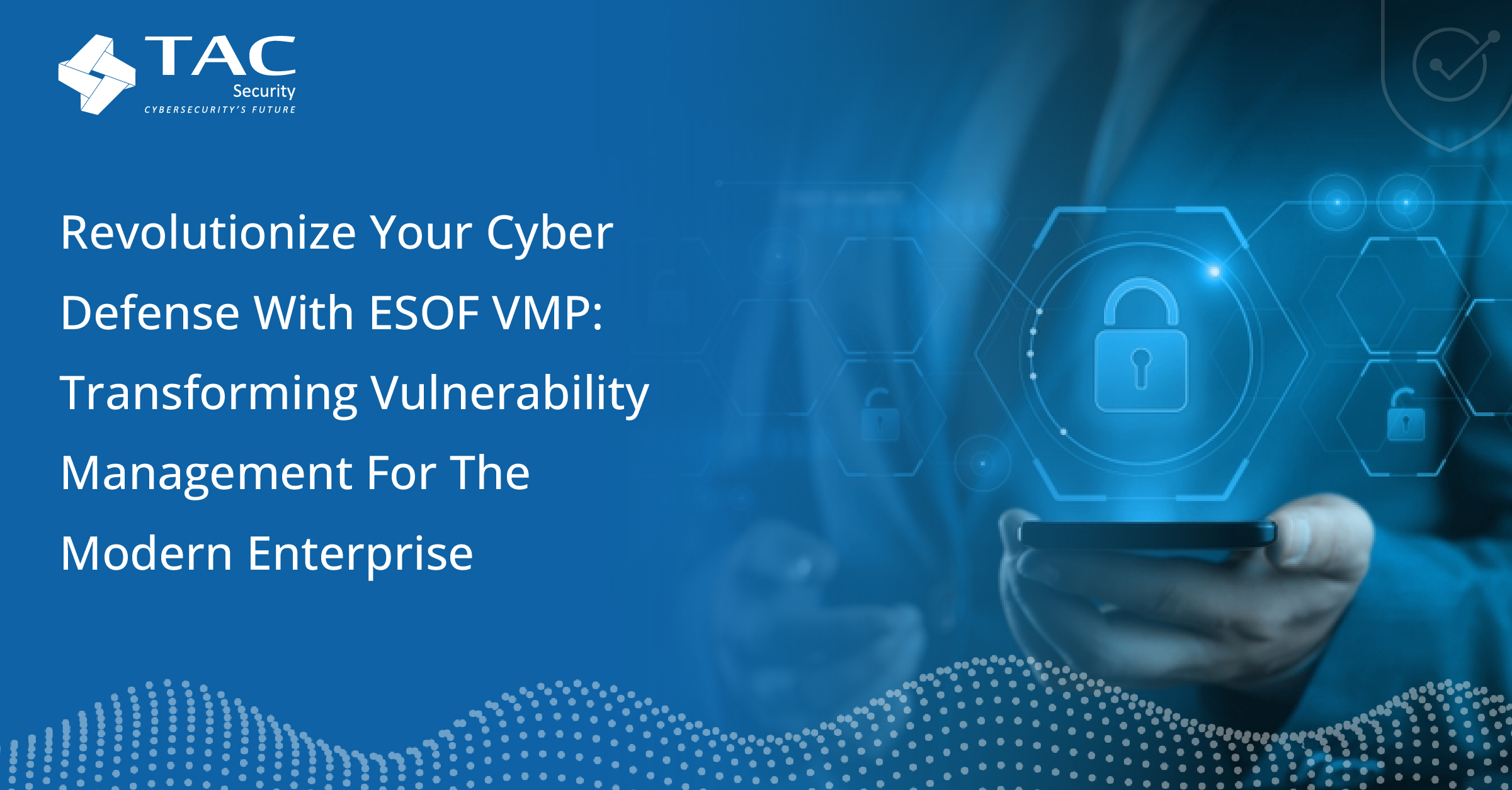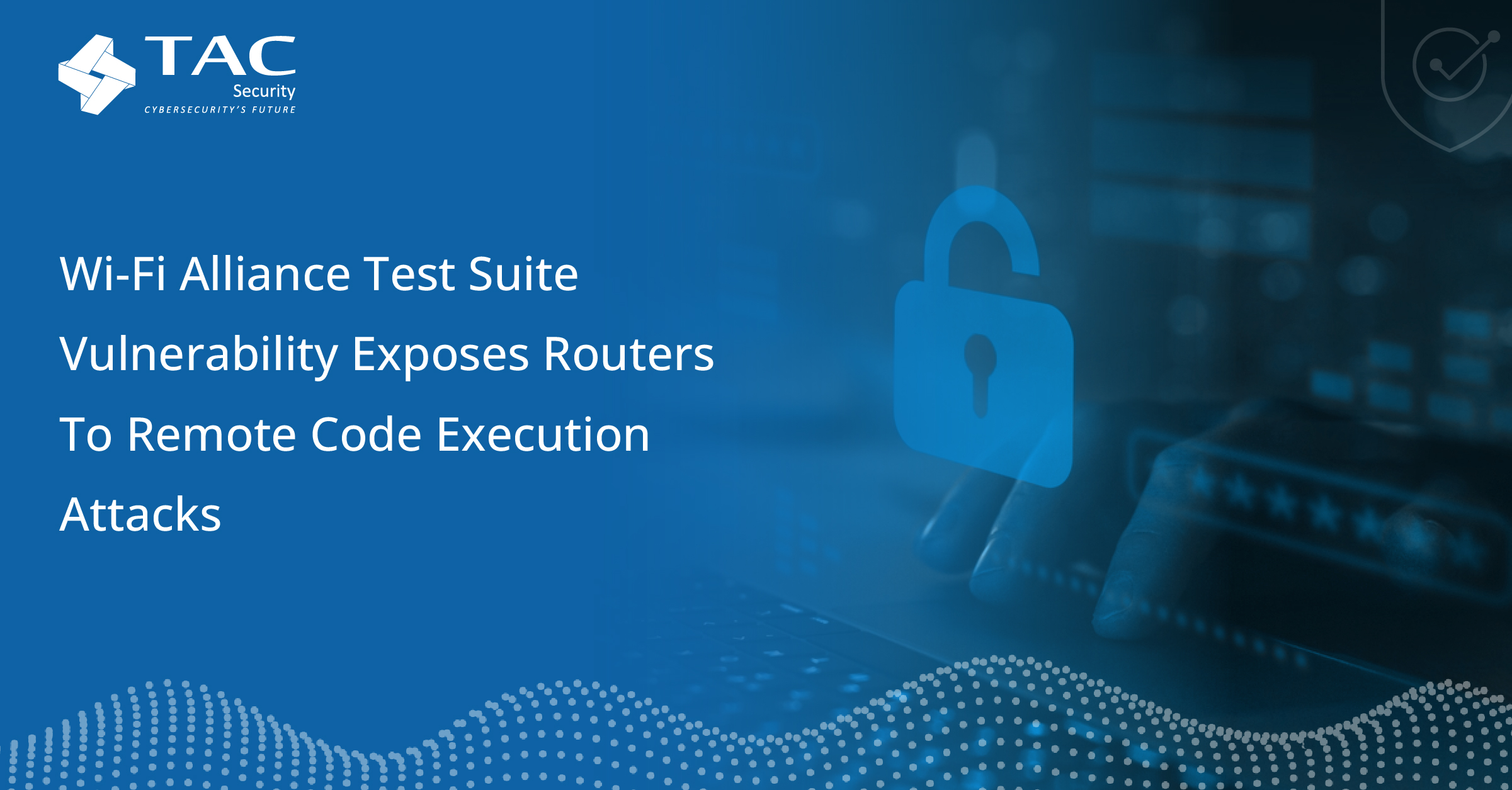Ransomware Attack on Kansas County Exposes Sensitive Information of Nearly 30,000 Residents
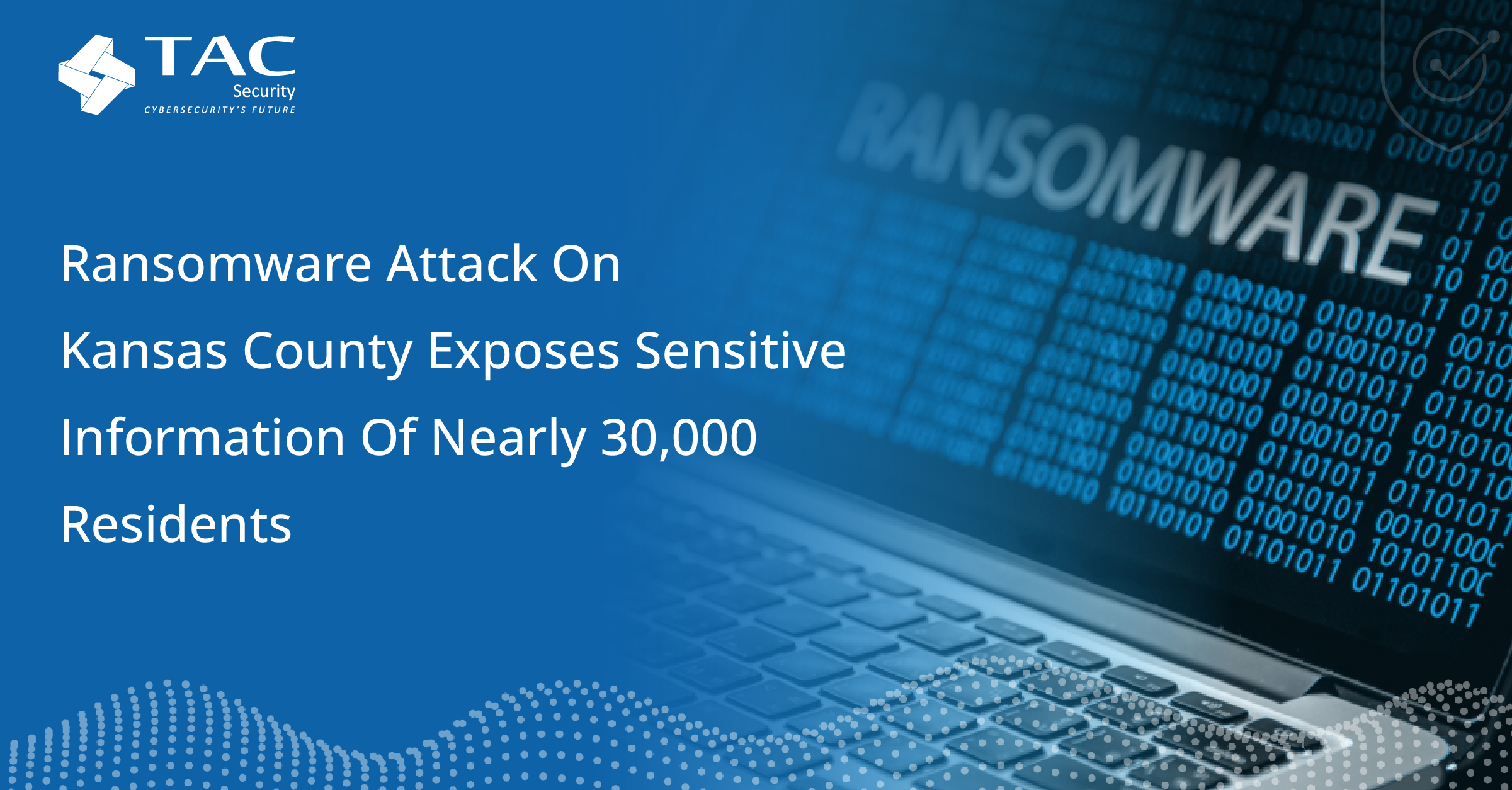
In today’s increasingly digital world, cyberattacks have become one of the most significant threats to organizations, businesses, and even governments. The latest high-profile breach involves a ransomware attack on a Kansas county, where the personal information of nearly 30,000 residents was exposed, once again underscoring the importance of cybersecurity.
The Attack
The attack targeted Finney County, where cybercriminals managed to infiltrate the county’s systems and deploy ransomware. Ransomware is a form of malware that encrypts a victim’s files, with attackers demanding a ransom to unlock the data. In this case, the breach left critical systems compromised, including those holding sensitive data like Social Security numbers, tax details, and health records of local residents.
Impact of the Attack
The breach is especially concerning due to the personal nature of the data involved. When sensitive information like Social Security numbers and tax data is exposed, it puts victims at risk of identity theft, fraud, and other malicious activities. In this attack, the personal data of around 30,000 residents is feared to have been accessed by the attackers, potentially leading to long-term consequences for those affected.
Why Ransomware Attacks Are So Dangerous
Ransomware attacks have become increasingly common in recent years, targeting everything from small businesses to large corporations, and even critical infrastructure like hospitals and government agencies. In this case, local government entities are particularly vulnerable due to limited cybersecurity resources and outdated IT infrastructure.
What makes ransomware attacks especially insidious is the double extortion tactic often employed by attackers. Not only do they encrypt the victim’s data, but they also threaten to leak or sell the stolen information on the dark web if the ransom is not paid. This forces the victim into a difficult situation: pay the ransom or risk public exposure of the compromised data.
Lessons Learned
- Data Backup: Organizations need to ensure they have a robust backup strategy in place. Regular backups of critical data can minimize the damage caused by ransomware attacks.
- Employee Training: Human error remains a major vulnerability. Regular training on recognizing phishing emails and practicing good cybersecurity hygiene is essential.
- Regular Updates & Patching: Keeping systems and software up to date with the latest security patches can help prevent vulnerabilities that attackers exploit.
- Zero Trust Architecture: Shifting to a Zero Trust model can limit access to sensitive systems, ensuring that no user or device is trusted by default, thereby reducing the risk of an attacker moving laterally within a network.
The Path Forward
In light of this attack, it’s crucial for local governments and organizations to strengthen their cyber resilience. The incident at Finney County serves as a wake-up call that no organization is too small to be targeted. Governments need to invest in modernizing their cybersecurity infrastructure, conducting regular security audits, and fostering a culture of cyber vigilance.
As ransomware attacks continue to evolve, collaboration between public and private sectors will be key to creating comprehensive cybersecurity strategies that can defend against these ever-growing threats.
Take Action: Now is the time for organizations to review their own cybersecurity policies and ensure that they are equipped to face the threat of ransomware. Whether it’s upgrading systems, investing in training, or adopting the latest technologies, proactive measures can prevent future breaches from devastating communities.

